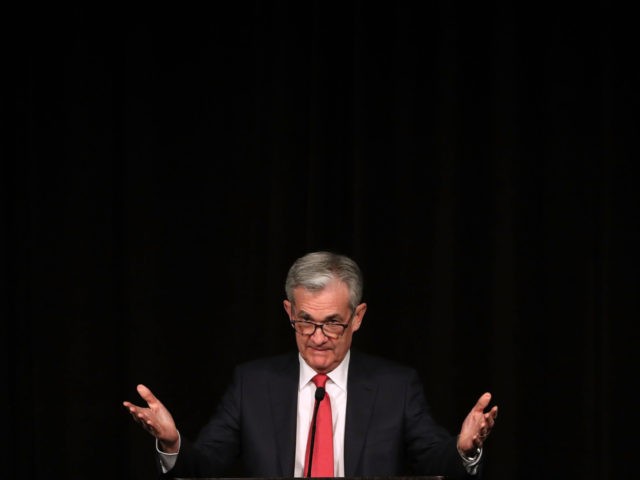A gauge of business prices slowed considerably in April, indicating that inflationary pressures in the economy are weak.
The producer-price index rose a seasonally adjusted 0.2% in April from a month earlier, the Labor Department said Thursday. Economists had expected a 0.3% increase in the index.
The producer-price index is another gauge of inflation, similar to the better known consumer-price index. But instead of measuring what consumers pay, it measures the prices received by businesses.
Producer prices were even weaker excluding the volatile food and energy categories, rising just 0.1 percent in April.
The producer-price index was one of the only measures of prices that showed any sign of inflationary pressures last month, when it rose by a higher than predicted 0.6 percent, thanks largely to a strong boost to energy prices. Excluding food and energy, however, it rose by just 0.3 percent in March.
Inflation has been falling this year, defying predictions that tariffs with China and low unemployment would push up prices for consumers.
Compared with April 2018, the producer price index was up 2.2 percent. Excluding food and energy, it rose 2.4 percent. The year-over-year numbers matched the previous month exactly.
The index for final demand goods moved up 0.3 percent in April, the third consecutive increase. That appears to be entirely due to higher fuel prices, which rose 1.8 percent. Gasoline prices rose 5.9 percent. dFood prices fell 0.2 percent. And consumer goods outside of fuel and food were flat in April.
Prices for services, which make up about two-thirds of the overall price index, were nearly flat, rising just 0.1 percent in April. That was a slowdown from 0.3 percent in March. It was a good month for people working in finance, apparently. Most of the rise in services prices can be traced to higher prices for portfolio management, which jumped 5.3 percent, the Labor Department said.
The latest signal of low inflation should give the Federal Reserve comfort in its decision to stop raising interest rates. It may encourage the White House to continue to push its views that rates should be cut to accelerate the economy.

COMMENTS
Please let us know if you're having issues with commenting.